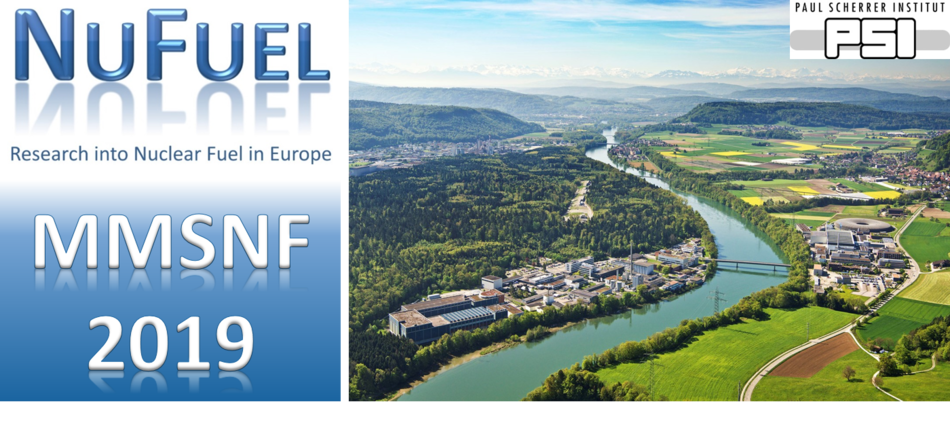Speaker
Description
Peridynamics is a developing non-local modelling technique which has the ability to model crack initiation, propagation and branching. Unlike finite element analysis, the technique uses an integral formulation to determine the forces upon material points. This means that crack patterns can be predicted without any a priori knowledge of the loading or crack pattern. A peridynamic model for nuclear materials is being developed in the Abaqus finite element code. We will address three models which have been developed to date.
SiC/SiC Composite Claddings
Sic/SiC composite claddings are currently being developed as part of a suite of accident tolerant fuels intended as an alternative to the zirconium alloys currently used in light water reactors. Despite their strength and improved oxidation performance, SiC/SiC claddings have a number of drawbacks, namely their irradiation swelling and low thermal conductivity. Their irradiation swelling saturates after a number of months in reactor and is greater on the colder outer surface than the warmer inner surface. This causes a tensile stress on the inside of the cladding. This increases during the decrease in power at the start of a typical pressurised water reactor refuelling outage and causes microcracking of the matrix on the cladding inner surface. In models without fibres, cracks would propagate through the cladding. If fibres are modelled, matrix cracking will extend to a depth of around 20% through the cladding from the inner surface. If an inner monolith of SiC is additionally modelled, cracking propagates through the monolith and acts as a stress raiser for matrix cracking in the composite. If an outer SiC monolith is modelled, fibre pull-out on the inner surface of the cladding was increased by just under 70%.
UO2 Nuclear Fuel Pellets
Nuclear fuel pellets crack duing the initial rise to power in the reactor and subsequent operational changes. This cracking plays an important role in pellet-clad interaction. Our initial work is being extended to take into account the statistical nature of ceramic fracture by carrying the strength of material points.
ZrO2 Cracking and Cladding Oxidation
An zirconia layer forms on nuclear fuel cladding due to the oxidation of the zirconium alloy in the aqueous reactor coolant. The layer is formed with significant anisotropy; the volume gain in the direction of oxide growth being two orders of magnitude greater than that in the direction of oxide growth. Under the stresses induced in the oxide, the oxide cracks. These cracks have been associated with the transformation of the oxidation kinetics from that of parabolic growth of a productive oxide to either breakaway oxidation or repeated transition and parabolic growth.

